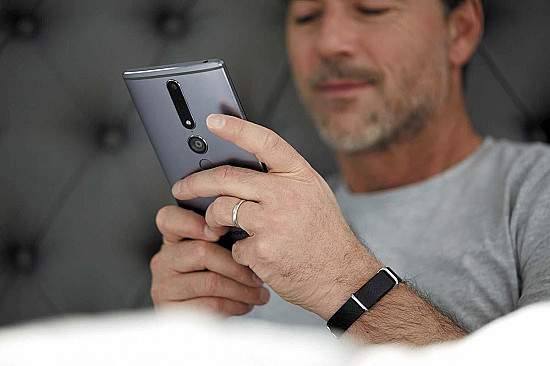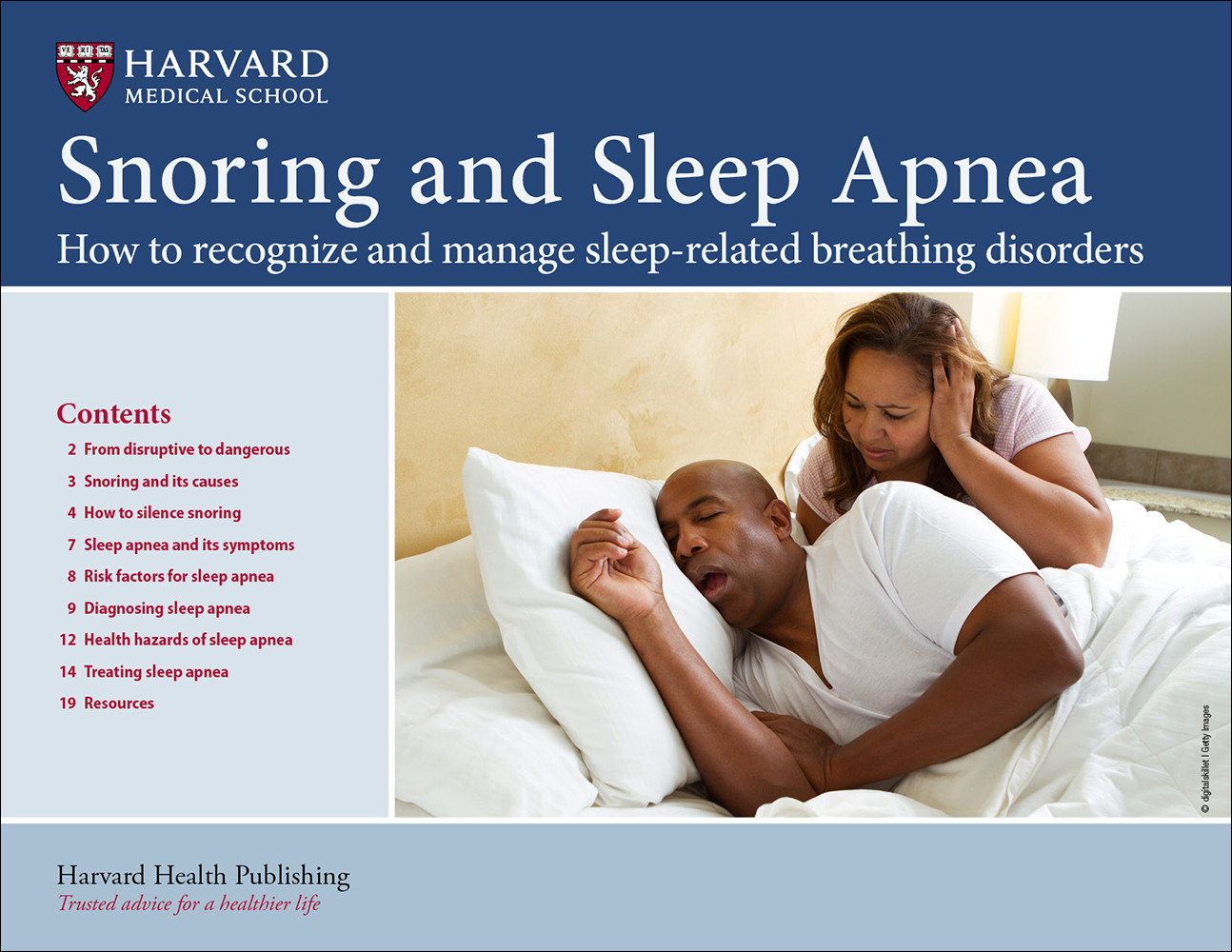Smart watch alerts about heart health
Ask the doctor

Q. My new smart watch has notifications for various heart-related factors. Do you recommend using these?
A. Personal wearables such as smart watches represent a major advance for keeping tabs on your health. These devices can monitor different parameters simply by measuring your pulse and body movement from your wrist. The heart rate tracking feature alerts you if your heart rate dips too low (usually 40 beats per minute or lower) or rises too high (usually 100 beats per minute or higher when you're inactive). Because either of these conditions may warrant medical attention, using this feature is a good idea.
The electrocardiogram (ECG) feature found on many smart watches can help people with atrial fibrillation (afib) monitor their condition, as we noted in the December 2024 Heart Letter. The ECG feature may also be useful for people who experience occasional, brief palpitations, which people often say feels like their heart is skipping, racing, or flip-flopping. During or right after such an episode, you can quickly record a short ECG, which involves opening the ECG app icon on your watch face and, with the hand opposite the watch, touching the watch for 30 seconds while sitting still. Follow your watch's instructions for recording the ECG and sending it to your doctor. Often, the ECG will show single extra beats, which are common and generally not a worrisome finding. Alternatively, if the watch detects atrial fibrillation, a person would then undergo a formal afib evaluation and possible treatment.
Some smart watches can also alert you to breathing disruptions during sleep — a possible sign of obstructive sleep apnea and a risk factor for both coronary artery disease and afib. Often, a bed partner will notice loud snoring (a hallmark of sleep apnea). But if you sleep alone, this feature could come in handy.
One new feature that recently received FDA clearance is a "loss of pulse" feature on the Google Pixel 3 smart watch. The feature uses sensors to detect that your heart has stopped beating, which could happen in the case of a heart attack with cardiac arrest, respiratory failure (when the lungs aren't working properly), or even an overdose. After a brief check-in period, the smart watch sounds an alarm and starts a countdown. If there's still no response, the watch uses a built-in cellular function or a connected smartphone to contact emergency services with context and location. It occurs to me that this might have been helpful for actor Gene Hackman and his wife Betsy Arakawa, both of whom died at home and were not discovered for more than a week. We will need to see more on the details of how this performs in the real world. But it seems to be a helpful new feature for monitoring heart patients.
Image: © eternalcreative/Getty Images
About the Author

Christopher P. Cannon, MD, Editor in Chief, Harvard Heart Letter; Editorial Advisory Board Member, Harvard Health Publishing
Disclaimer:
As a service to our readers, Harvard Health Publishing provides access to our library of archived content. Please note the date of last review or update on all articles.
No content on this site, regardless of date, should ever be used as a substitute for direct medical advice from your doctor or other qualified clinician.
















